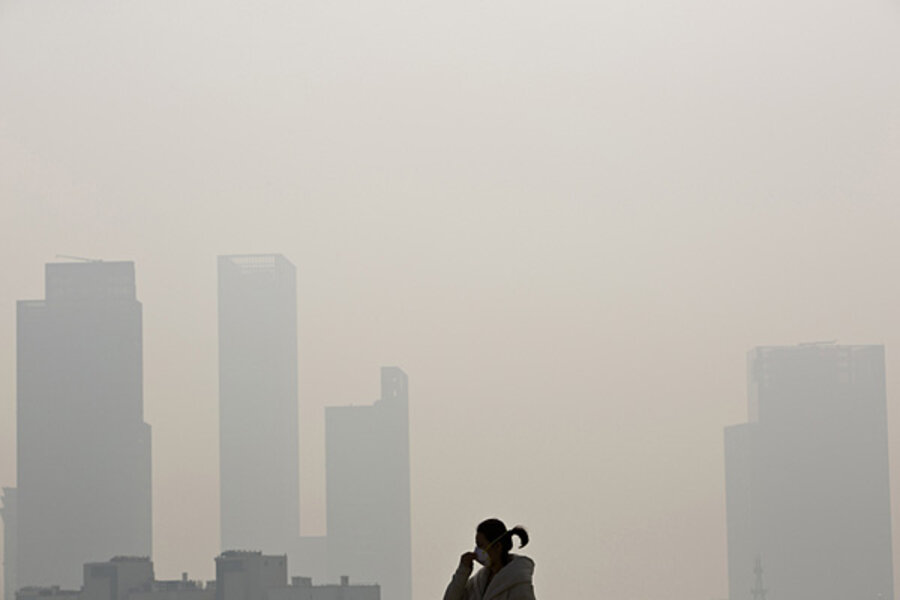How the US is helping China curb carbon emissions
Loading...
Once upon a time, when people thought about "smog", they thought of Los Angeles. Then China opened its doors a little wider, and we got a good look at Beijing.
The pollution problem is only getting worse. As China makes its long, slow crawl toward something resembling capitalism, its middle class is expanding. And as that group of consumers grows, they want what consumers elsewhere have -- especially automobiles. Demand is so high, the government has created a lottery system for doling out license plates in some areas.
That's created huge growing pains in a country of over one billion people. According to AutoNews, in 2012, there were roughly 120 million privately owned vehicles in China. By 2020, that number is expected to hit 200 million. Not only is this causing problems with pollutants, it's also putting huge stress on the nation's infrastructure: in 2010, China hosted the worst traffic jam in history, which lasted 12 grueling days.
And while many think of China as a fierce regulator of commerce, the government is also highly focused on economic growth. That's led to some curious policy gaps, one of the most notable being in the area of environmental policy. China's car market, for example, is tightly regulated, but those regulations don't extend to auto emissions.
Now, the U.S. is working with China to put auto emissions in check -- and as the world's #2 emitter of greenhouse gases, just behind China, we know a thing or two about the subject.
At the end of his recent trip to China, vice president Joe Biden announced that the U.S. would offer Chinese officials technical assistance in drafting new emissions guidelines, dubbed China VI. Among other things, these guidelines will require vehicles in China to employ filters that capture more pollutants. The current China IV regs focus on cutting emissions from 350 to 50 parts per million, and the next phase -- China V, which rolls out in 2017 -- cuts that number to 10 parts per million. (For reference, the U.S. currently caps emissions at 15 parts per million.)
The partnership also allows China and the U.S. to work together on reducing the use of hydrofluorocarbons and scaling back subsidies for fossil fuels.
OUR TAKE
It's unfair -- not to mention unfeasible -- to expect a growing economy to adopt the same restrictions and regulations as a more mature economy. This is often why climate change talks stall: countries like China don't want to limit economic growth by implementing the same regulations as the U.S.
As the world's #1 and #2 polluters, however, it makes perfect sense for China and the U.S. to work together on developing new goals and strategies to cut auto emissions and other greenhouse gases. Now, the two should try to get other developing nations like India and Brazil onboard to maximize the impact of their efforts.







